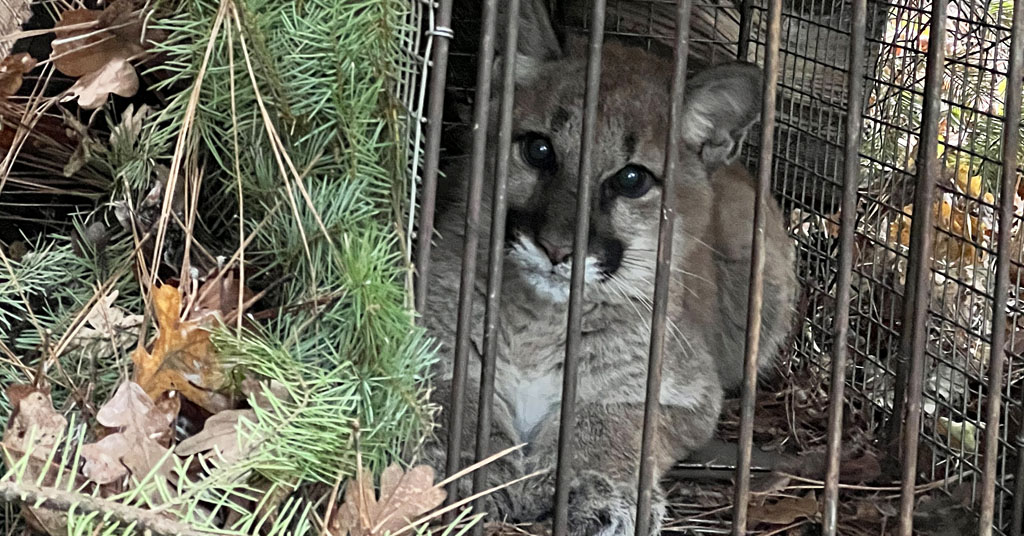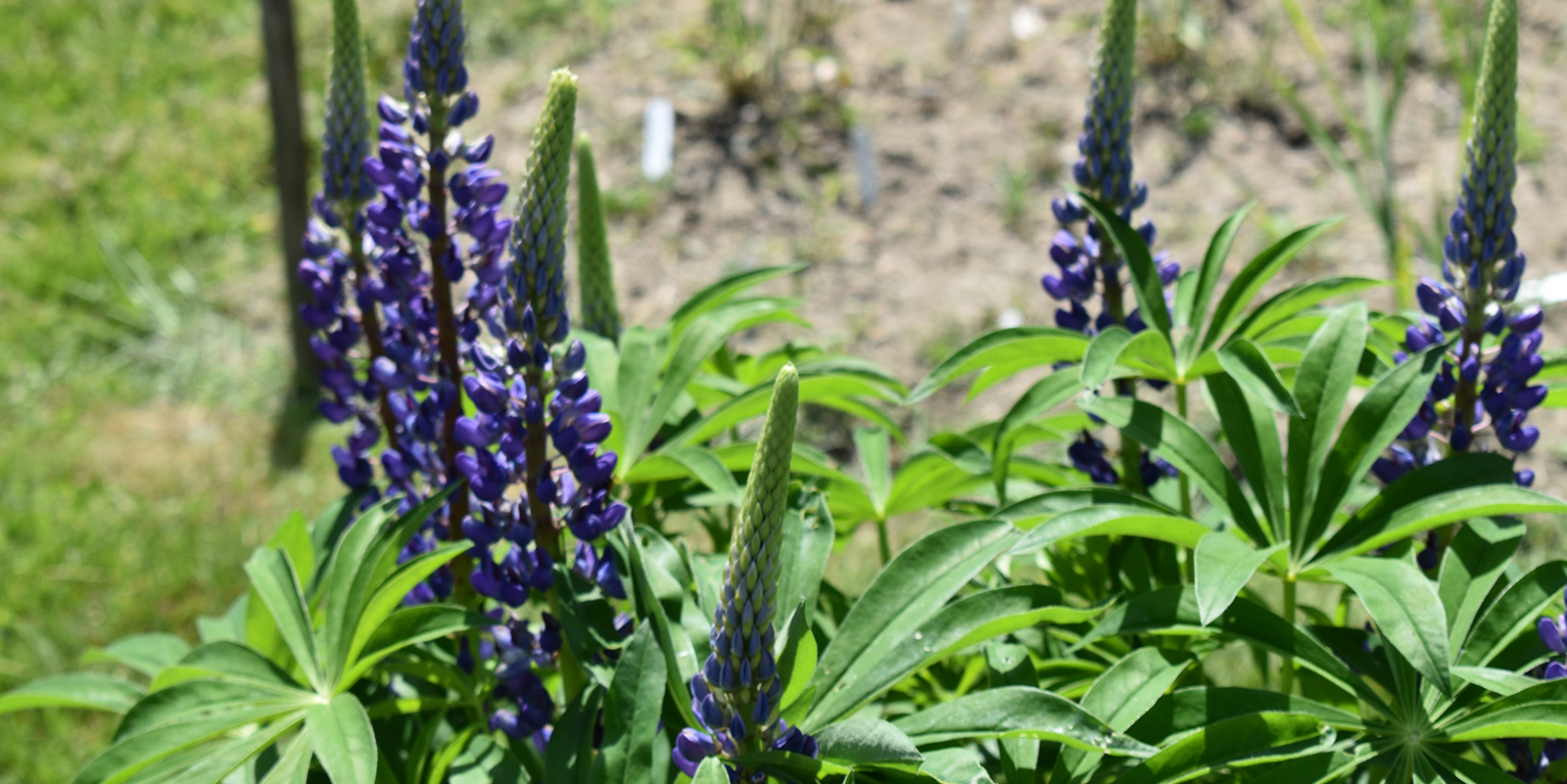Urban Areas Need ‘Freedom Lawns’ to Revive Their Soil
Traditional lawns provide a nice place for a picnic but these patches of green are the least biodiverse way of improving city landscapes
January 20, 2021
Few people put much thought into the soil beneath their feet, but Loren Byrne does. A professor at Roger Williams University, Byrne is an expert on urban soil ecology, and he worries that humans are changing the structural integrity of soils in urban environments and limiting the ability of plants and animals to live in and nourish the earth.
“Soil is easily overlooked and taken for granted because it’s everywhere,” he said. “We walk all over it and think of it as dirt that we can manipulate at our will. But the secret of soil is what’s happening with soil organisms and what’s happening with their interactions below ground that help regulate our earth’s ecosystems.”
Byrne contributed a chapter about urban soils to a report, State of Knowledge of Soil Biodiversity, issued last year by the U.N.’s Food and Agriculture Organization. He discussed how the ecology of the soil changes as it is compacted during construction, paved over, chemically treated for lawns, and dug up and carried away.
“The main takeaway is that urbanization can potentially harm biodiversity, but our biggest current threat is ignorance,” he said. “We don’t understand enough about soil biodiversity in urban environments, so we may not be able to manage it in ways to provide the benefits that are possible.”
Soil is the foundation for terrestrial life, according to Byrne. It’s the medium in which plants are grown and it regulates the nitrogen cycle, sequesters carbon, and manages the flow of water. He said soils are fascinating because they contain the full range of life, from single-celled bacteria and fungi to animals of all varieties.
“If you’re patient enough to get down on your hands and knees and pull up some soil, you’ll see mites, springtails, isopods, millipedes, centipedes, spiders, ants, beetles,” Byrne said. “Some of them have negative popular connotations, but ecologically, if we can see them as having value, then that will help us maintain more sustainable landscapes.
“Changing our perspectives of what these organisms are doing in the ecosystem is important. They perform beneficial functions, like decomposition. I tell my students that if it wasn’t for this whole suite of biodiversity in our soils, we’d literally be up to our necks in dead stuff.”
Although it may seem counterintuitive, Byrne said urban soils contain the full range of biodiversity that is found in natural soils, and some research shows that they contain more organisms and a greater diversity than agricultural soils.
“A lot of urban habitat types, like lawns and little forest patches, are perennial, so they don’t face the same level of annual disturbance as agricultural fields,” he said. “And they have more organic matter in them, so that allows the food web to become more complex. Urban soils are home to a lot of organisms.”
He noted, however, that there is also a massive volume of degraded soil in urban areas that is compacted, trampled, overfertilized, and removed and replaced with lower quality soil.
“It’s a very interesting dichotomy,” Byrne said. “There are some high-quality soils and other locations that have been severely negatively impacted where we would want to somehow improve them.”
How to improve degraded soils is the topic of Byrne’s latest research. Decompacting the soil and remediating pollution are important steps, but the key is the addition of organic matter.
“There’s been a wide diversity of organic matter sources that have been investigated, from basic garden compost to sewage sludge to bio-char, which is a burned organic matter that, when added to soil, provides good surfaces for microbes to live on,” he said. “But you have to be very careful about what you’re using and in what contexts and the source, because not all organic matter is the same.
“A lot of research has shown that adding organic matter will help remediate the soils in various ways. Organic matter holds onto water, so it helps with water issues, for instance. But in locations that are already prone to water-logging, adding organic matter could be a bad thing. So context matters. You need to be familiar with site specific issues to come up with a good management plan.”
Byrne focuses a great deal of his research attention on lawns, which he calls a “human created ecosystem.” While he noted that a lawn provides a nice place for a picnic and is better than pavement, he said installing a lawn is the least biodiverse way of improving urban landscapes.
“The goal with a lawn is often one grass species that’s bright green and isn’t growing or reproducing, which is the exact opposite of what life wants to do,” he said. “In the grand scheme of all life, a place becomes more diverse over time, it grows and reproduces, and humans are trying to stop all of that in a lawn.
“The problem isn’t so much the lawn itself as the monoculture, pesticide-managed lawn. A lot of what ecologists advocate is a more biodiverse lawn where we let the so-called weeds grow and let the grass grow a little taller. That’s good for the soil ecosystem because a higher variety of plants and no chemical pesticides will allow more soil organisms to thrive.”
To create a more sustainable urban landscape, Byrne advocates for what some have called freedom lawns — a mowed lawn that maintains a high diversity of grasses and weeds and good soils.
“If we can convince people that it’s more patriotic to shift to freedom lawns, it will be more sustainable,” he said. “And if we can shrink the area of lawn by creating more biodiverse habitat through shrubs and wildflowers, that’s another step toward sustainability and biodiversity.”
Rhode Island resident and author Todd McLeish runs a wildlife blog.




Thank you for the article! I live in Johnston, RI, and have an acre of land, much of it is lawn. Are there any companies out there supporting this that can help me?
I mow my lawn as rarely as possible, I have never put fertilizer on it, and I NEVER water it. What i get is a hardy collection of weeds, which is perfect.
I would love to see this in my neighborhood but my condo neighbors are all about green lawns! Keep trying to get them to stop weed killer.
with all due respect professor – i totally agree with all you points regarding biological diversity within the soil horizons however what you call freedom lawns i d call abandoned properties. i d have a bird if my next door neighbor allowed their lawn to revert.
We gave up half our lawn maybe 15 years ago and the rest six or so. We dumped piles and piles of leaves, composted food from our kitchen with leaves and cuttings, grew all kinds of plants – unfortunately many non native (including a butterfly bush, host to only one of North America’s 745 larval stage butterflies and moths) – and the transformation is remarkable. A million kinds of bugs, little birds, big birds, raptors and unfortunately, mosquitoes. The west side of Providence used to be a nearly treeless, grassless desert. In the forty years we’ve lived there it has greened up considerably thanks to the biannual tree plantings and expanded home gardening. We put up a bat house last spring – we’re right on the outside range of bats from an open body of water – in our case the Woonsquatucket in Olneyville is just over a mile – and so far no luck…we’ll give it a couple more years. In the meantime the chimney swifts are having a field day with the mosquitoes. Unfortunately the proliferation of chimney caps is cutting way down on their nesting sites in the city. Ah, change….